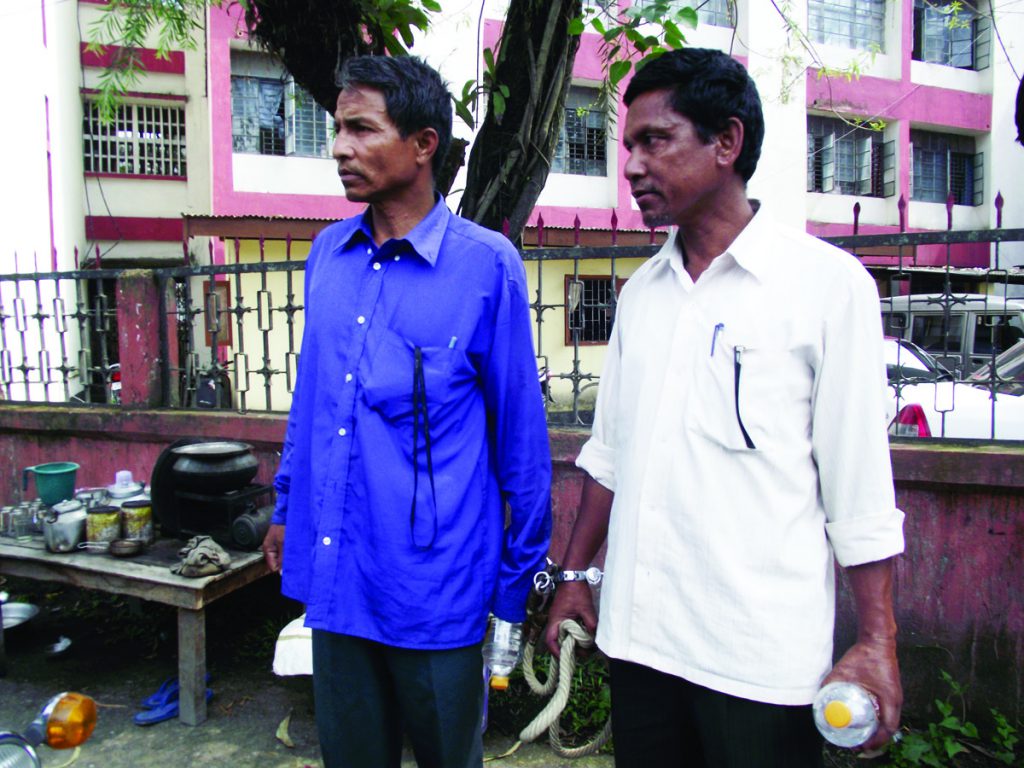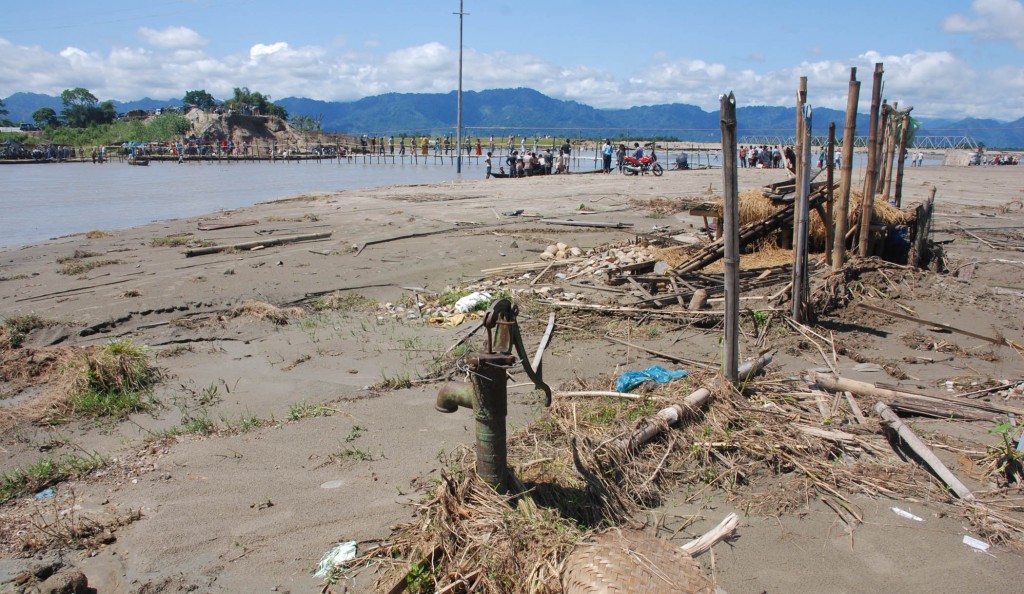While policy makers, experts, and activists meet for the UN conference Rio + 20 this week, thousands of miles away in north-east India’s Assam state, 22 farmers are languishing in the Lakhimpur jail for taking up cudgels to protect the environment.
These poor farmers, supporters of the anti-dam movement of Lakhimpur district, were arrested on the night of May 11, from the temporary camp of Krishak Mukti Sangram Samiti (the organisation spearheading the anti dam movement in northeast India) from Ghagarmukh near the Lower Subansiri dam site.

While the traumatised families of these activists await their early release, the bail process has been complicated because the activists are also implicated on various false charges in an effort to dampen the spirit of the anti mega-dam movement that is gaining momentum in the region.
These people fighting for the protection of the environment are being treated as petty criminals. It has been alleged that the arrests were made at the behest of the deputy commissioner of Lakhimpur, Anuwaruddin Chaudhary, himself a renowned ornithologist and environmentalist.
There is a total lack of transparency around the implementation of the 2000-megawatt Lower Subansiri hydroelectric power project that is the cause of all this turmoil. But the Lower Subansiri project is just one of many planned mega-hydro projects on the upper reaches of the Brahmaputra River in Arunachal Pradesh state that have been mired in controversy. A series of projects are in the pipeline, including the 3000-megawatt Dibang, 1630-megawatt Demwe Lower, the Nyamjang Chhu, Siang Lower, and Tato project. But these massive dam projects are located in a highly seismic zone, and for a flood-prone state like Assam, raise grave concerns.

The projects threaten to magnify the flood problems of the state. The two districts of Lakhimpur and Dhemaji have borne the brunt of damage caused by flash floods. Already hundreds have lost their lives and many more have been made homeless in these two districts. A flood caused by a dam created havoc in Lakhimpur district on last year’s Independence Day. A family trying to take shelter on a treetop was washed away while helpless bystanders including the administration only looked on.
Alongside local communities, environmentalists are also opposing these mega dams since no serious attempts have been made to prepare a comprehensive environment impact assessment for these projects.
As delegates at Rio+20 discuss the “Green Economy” in the context of sustainable development and poverty eradication, the question that haunts those living in the far nooks of India is – how can these projects that pose a grave threat to agriculture, forests, fisheries, water resources and the rich bio-diversity of the region be acceptable in the context and ideals of the Green Economy?